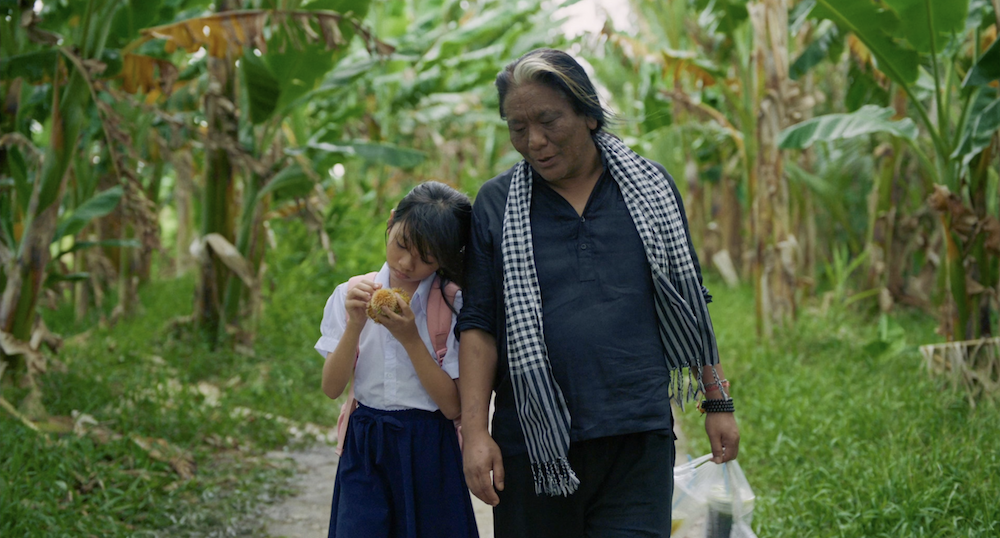by Maura Moynihan ( 17.03.08)
In preparing for its supreme international triumph, hosting the 2008 Olympic Games, the People’s Republic of China has built stadia, launched a global charm offensive and accelerated the surveillance, arrest and torture of its most restive citizens, the people of Tibet. Deploying police state tactics that have kept Tibet under the jackboot for half a century, China clearly did not anticipate the ferocity and scale of protest that has exploded across the Tibetan plateau, a region the size of Western Europe. The Tibetan people have tossed blood upon the face of Chairman Mao, the world has seen it, and two fundamental truths have been exposed; China remains an unreformed totalitarian state, seething with ethnic tension, and the Tibetan people do not accept Chinese rule.
In 1987, 88 and 89, Beijing crushed a series of uprisings in Lhasa, imposed martial law, hastened population transfer and spent a fortune to develop and urbanize Tibet. Diplomats and analysts often cite the absence of protest in the past two decades as proof that China’s economic development campaigns have successfully pacified and stabilized China’s western provinces. But in recent days, thousands of Tibetans have stood up to armed battalions of Chinese police and paramilitary forces, at risk of death, kindling a citizen’s insurrection equal to the Hungarian Revolution of 1956. China has handled the present crisis as did the Soviets in Budapest; cut the phone lines, send in the tanks, and insist that this is an “internal affair” of the state.
Witnesses inside Tibet describe scenarios from the Cultural Revolution, of communist re-education, public denunciations of the Dalai Lama, Tibetan prisoners marched through the streets with pistols at their skulls, as soldiers chant slogans from Mao’s Little Red Book. Throughout the nightmare of the Great Leap Forward and the Cultural Revolution Tibet was sealed behind the Bamboo Curtain, lost in the dysfunction of the Cold War. But in the present digital age, news from Tibet reaches the international media within days, which makes it more difficult for the Chinese government to cleave to the party line that “Tibetan people love Chairman Mao as their own father,” to quote Xinhua, the official news service of the Chinese government.
As Chairman Mao’s empire stands poised for global hegemony, the Tibet crisis reveals deep fissures within the state. The totalitarian structure Mao created will not reform and humanize its treatment of what it deems a threat; journalists, labor organizers, scholars and Buddhist monks. Many Chinese official have expressed concern that rioting could spread to the Uigher and Wei peoples of northwestern China, and into the labor movements in China’s southern industrial belt. Perhaps China is not as unified and prosperous as it alleges.
The month of March has come to symbolize the Tibetan freedom struggle since March 10th, 1959, when word of a plot to murder the Dalai Lama at a Chinese puppet show provoked riots in the streets of Lhasa. For decades the Nepalese and Indian governments allowed Tibetan refugees to hold public events on March 10th, but this year Beijing demanded that all Tibetan gatherings be suppressed with force. This has cast these host countries in a bad light, unfairly, for in addition to providing generous sanctuary, India and Nepal have allowed the Tibetans a hearing, and have stood with the Dalai Lama in his plea that China desist from its policy of what he has called “cultural genocide” in Tibet.
For 49 years the Dalai Lama has advocated non-violence, but in recent addresses he has acknowledged the frustration and anger of the Tibetan people, and has said that he can no longer tell them how they should respond to Chinese oppression. The Tibetan people have shown that they will not lie mute as the global spotlight beams upon the People’s Republic of China in its grand Olympic moment.
One can only think of the battle cry of the American Revolutionaries; Give Me Liberty or Give Me Death.
Maura Moynihan is the daughter of the late Senator Moynihan who was a great friend of Tibet. Maura herself has for long been a front-line supporter of Tibet and is a musician, songwriter and successful writer.









